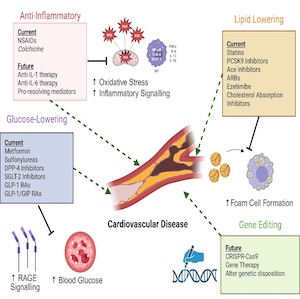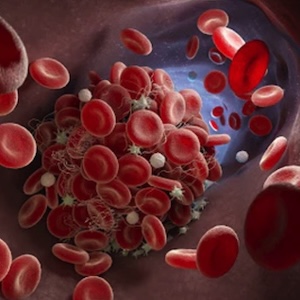Mini-reviews
20 December 2023
Vol. 2 No. 4 (2023)
Polycythemia vera and management of the thrombotic risk: an update

Publisher's note
All claims expressed in this article are solely those of the authors and do not necessarily represent those of their affiliated organizations, or those of the publisher, the editors and the reviewers. Any product that may be evaluated in this article or claim that may be made by its manufacturer is not guaranteed or endorsed by the publisher.
All claims expressed in this article are solely those of the authors and do not necessarily represent those of their affiliated organizations, or those of the publisher, the editors and the reviewers. Any product that may be evaluated in this article or claim that may be made by its manufacturer is not guaranteed or endorsed by the publisher.
1882
Views
282
Downloads
Most read articles by the same author(s)
- Massimo Franchini, Daniele Focosi, The changing landscape of treatment for acquired hemophilia A , Bleeding, Thrombosis and Vascular Biology: Vol. 4 No. 1 (2025)














